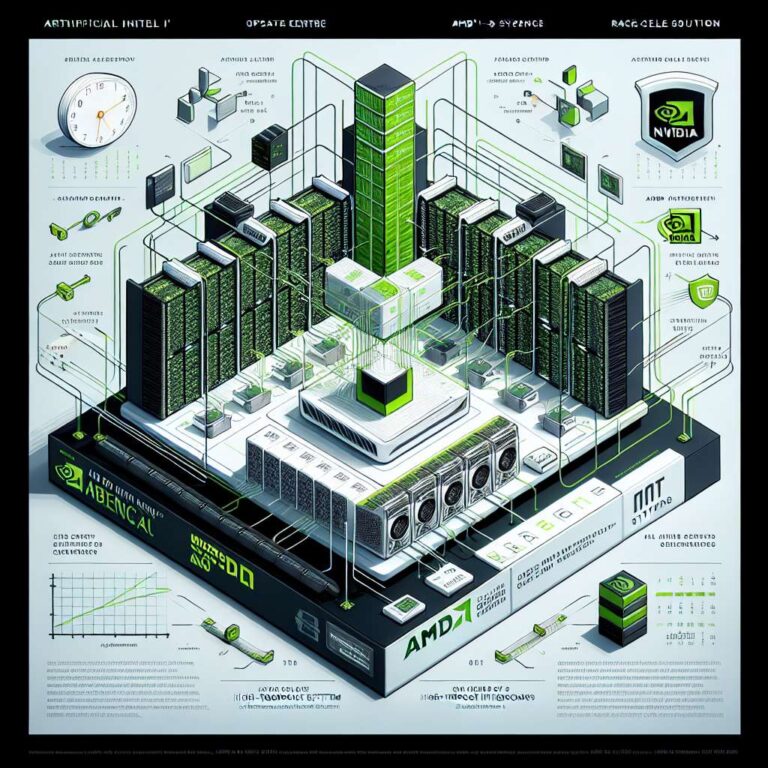AMD’s blockbuster agreement with OpenAI validated two strategic choices the company made over the past two years: speeding up its data center GPU roadmap to an annual cadence and acquiring server designer ZT Systems. Confronting Nvidia’s dominance in artificial intelligence infrastructure, AMD moved from a roughly two-year release rhythm to yearly launches, a shift announced in June of last year. Forrest Norrod, AMD’s top data center executive, said the company had “no choice” but to dramatically increase its artificial intelligence investments and respond to Nvidia’s own plan, disclosed in late 2023, to release new data center GPUs annually.
The accelerated cadence has already produced the Instinct MI325X in the fourth quarter of last year and the MI350X series this past summer, with the MI400 series due next year. At AMD’s Advancing Artificial Intelligence event in June, CEO Lisa Su said MI400 is built for leadership in large-scale training and distributed inference, and revealed OpenAI as a very early design partner. OpenAI CEO Sam Altman expressed strong enthusiasm for the flagship MI450. AMD plans to deploy one gigawatt of MI450 infrastructure for OpenAI starting in the second half of 2026, part of a six-gigawatt project. Su said the deal is worth tens of billions of dollars, a scale she indicated could help AMD hit its data center artificial intelligence revenue goal by 2027 and catalyze additional sizable Instinct wins.
A key differentiator for the OpenAI project is AMD’s adoption of rack-scale platforms built around MI450, enabling high-speed connections across dozens of GPUs so a rack behaves like a single supercomputer. AMD unveiled its first rack-scale platform at the June event, following Nvidia’s earlier GB200 NVL72 introduction. The ZT Systems acquisition, announced last August and closed in March, underpins AMD’s rack-scale push. Norrod said AMD was collaborating with ZT’s engineering team on forward-looking products even before the deal closed, with ZT set to make a major contribution to MI400 systems. AMD later reached an agreement to sell ZT’s server manufacturing unit to Sanmina, while retaining systems design expertise aimed at “very lead customers” deploying high volumes, a cohort that now clearly includes OpenAI.
Su said on a Monday webcast that these moves are also accelerating AMD’s broader effort to challenge Nvidia in artificial intelligence infrastructure. Beyond the OpenAI contract, she predicted a compounding effect that could bring substantial additional revenue from other customers adopting Instinct-based platforms. With growing customer interest and a faster product pace, AMD argues it is on a trajectory to capture a significant share of the global artificial intelligence infrastructure buildout.

